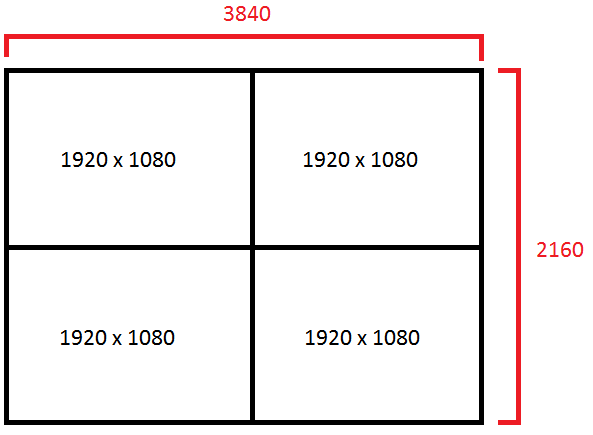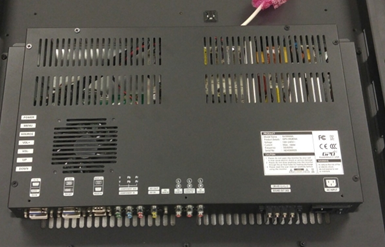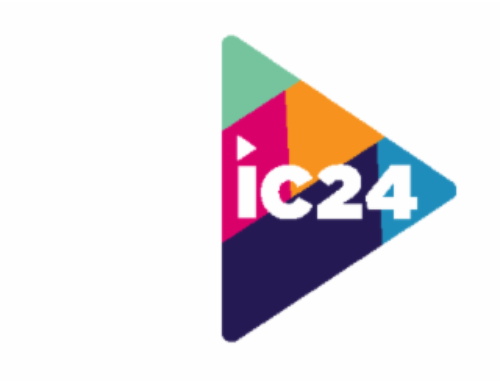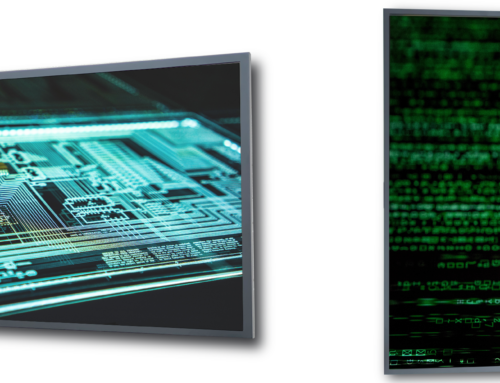Reading Time: 7 Minutes –
Welcome back to part 2 of our two part blog series, “the 6 most common misconceptions about video walls”. If you missed part 1, where I covered: mounting systems, pro-sumer displays, and on-board processing; then you can catch up by clicking here. In this half of the blog, I’ll be covering 4K resolution, panel manufacturers, and LCD technology.
4K Native Resolution is a Must
There’s been quite a bit off buzz surrounding 4k displays from consumer-grade TV giants such as Sony and Samsung. The recent CES even has people talking about 8k! If you’re unfamiliar with the term “4K”, it simply refers to the resolution of the screen, which, for 16:9 displays, is 3840 x 2160. You can also interpret it as being 4x the amount of pixels as a 1920 x 1080 resolution. Even though the resolution is doubled, 1920 x 1080 -> 3840 x 2160, the pixel math comes out to being 4 times as much, hence “4K” resolution.
Despite its high price (relative to 1080p) and the persistent scarcity of corresponding 4K content, the hype surrounding 4K monitors continues to grow. We at GPO Display have also seen an increased interest in 4K video wall monitors, but we’re not so sure that the market is at a point where the average end-user knows what they’re asking for when inquiring about 4k video wall panels.
The modular nature of video wall monitors means that one can increase the native resolution of an array by adding more panels. For example, a 2 by 2 video wall features a 3840 x 2160 (4K) native resolution (see Fig. 1). This is more than sufficient for the vast majority of video wall applications. All one needs to make full use of this is a player, PC or processor with four or more outputs. The typical viewing distance of video walls means that the aggregate 4k+ native resolution of an array is equal to or greater than the resolution which can be perceived by the human eye. With this in mind, 4k resolution on each individual panel seems to be overkill.
While Ultra Narrow Bezel 4k panels would be a welcome option for certain applications with extremely small viewing distances (such as touch-enabled video walls), we think 1920 x 1080 remain the standard for Ultra Narrow Bezel LCD video walls for at least the remainder of this calendar year.
Manufacturers Produce their own LCD Panels
The term “video wall manufacturer” may lead one to assume that the manufacturer produces panels, right? I mean why else would you say manufacturer unless you were making the panels yourself. In reality, all video wall manufacturers use Samsung, LG, or another companies manufactured panels; then source the rest of the components, (backend electronics) elsewhere. Oftentimes, assembly is conflated with “manufacturing” and no components are produced by the “manufacturer” at all.
GPO Display is no exception to the rule when it comes to LCD panels, making use of all major panel manufacturers across our product lineup. However, we do develop and print our own controller boards (See Fig. 2), housing, and video wall mounts. This allows us a higher level of control in both the production and stocking of key components, and allows us to test and perform our own assembly and quality control in the United States, while most video wall manufacturers ship their displays direct from overseas factories.
Fig. 2 – A GPO Display Video Wall Controller Board
LCD will soon lose its place as a Dominant Video Wall Technology
In a world where technological advances seem to be constantly accelerating, some tend to overlook stable, field-tested display technologies. We’ve put together some counterarguments for those who would dismiss LCD as outdated:
- Price: LCD is competitively-priced with all current video wall technologies and will remain so for several years.
- Low maintenance: Unlike projection and rear-projection solutions relying on bulbs, commercial-grade LCD panels are rated for 50,000-60,000 hours of operation hours (at least).
- Easily serviceable: Unlike certain “cube” solutions (DLP or LDP), LCD video walls are relatively easy to access for service purposes – as long as you have the correct mounting solution to go along with it!
Final Thoughts
Thanks for reading part two of our two-part blog series. If you want to learn more about our video walls and our recently released second generation of video walls, click here. You can also contact us directly through our website by clicking here or by calling 510-659-9855.
Thanks for your time, and we’ll see you next week!







